Related Research Articles
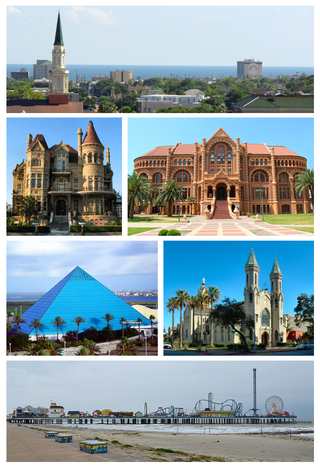
Galveston is a coastal resort city and port off the Southeast Texas coast on Galveston Island and Pelican Island in the U.S. state of Texas. The community of 209.3 square miles (542 km2), with a population of 53,695 in 2020, is the county seat of surrounding Galveston County and second-largest municipality in the county. It is also within the Houston–The Woodlands–Sugar Land metropolitan area at its southern end on the northwestern coast of the Gulf of Mexico.

Juneteenth is a federal holiday in the United States commemorating the emancipation of enslaved African Americans. Deriving its name from combining "June" and "nineteenth", it is celebrated on the anniversary of General Order No. 3, issued by Major General Gordon Granger on June 19, 1865, proclaiming freedom for slaves in Texas. Originating in Galveston, Juneteenth has since been observed annually in various parts of the United States, often broadly celebrating African-American culture. The day was first recognized as a federal holiday in 2021, when President Joe Biden signed the Juneteenth National Independence Day Act into law after the efforts of Lula Briggs Galloway, Opal Lee, and others.

Galveston County is a county in the U.S. state of Texas, located along the Gulf Coast adjacent to Galveston Bay. As of the 2020 census, the population was 350,682. The county was founded in 1838. The county seat is the City of Galveston, founded the following year of 1839, located on Galveston Island. The most populous municipality in the county is League City, a suburb of Houston at the northern end of the county, which surpassed Galveston in population during the early 2000s.

Franklin County is a county located in the U.S. state of Texas. As of the 2020 census, its population was 10,359. The county seat is Mount Vernon.
John Baptista Ashe, was an American slave owner, lawyer and the nephew of the Revolutionary War veteran John Baptista Ashe, who served as a U.S. Congressman for Tennessee for one term (1843–1845).

Nicholas Valentino Lampson is an American politician and restaurateur who is a former Democratic Congressman representing the 22nd Congressional District and the 9th Congressional District of Texas.

Jack Bascom Brooks was an American Democratic Party politician from the state of Texas who served 42 years in the United States House of Representatives, initially representing Texas's 2nd congressional district from 1953 through 1967, and then, after district boundaries were redrawn in 1966, the 9th district from 1967 to 1995. He had strong political ties to prominent Texas Democrats including Speaker of the House Sam Rayburn and President Lyndon B. Johnson. For over fifteen years, he was the dean of the Texas congressional delegation.

Rosehill Cemetery is an American garden cemetery on the North Side of Chicago, Illinois, and at 350 acres (1.4 km2), is the largest cemetery in the City of Chicago. According to legend, the name "Rosehill" resulted from a City Clerk's error – the area was previously called "Roe's Hill", named for nearby farmer Hiram Roe. He refused to sell his land to the city until it was promised that the cemetery be named in his honor. It is located in the north east section of the Lincoln Square community area.

For about a hundred years, from after Reconstruction until the 1990s, the Democratic Party dominated Texas politics.
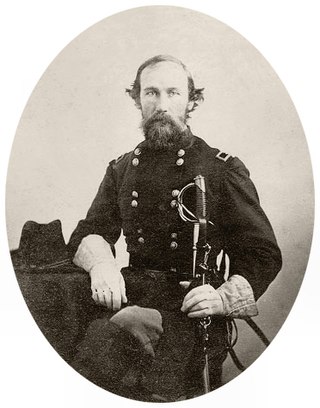
Edmund Jackson Davis was an American lawyer, soldier, and politician. Davis was a Southern Unionist and a general in the Union Army in the American Civil War. He also served as the 14th Governor of Texas from 1870 to 1874, during the Reconstruction era. Reviled by many Texans during and after the Civil War as a traitor for his open support for the North and his attempts to break up Texas into several Northern-controlled states, Davis is known for leasing prisoners to private corporations to alleviate state budget shortfalls.

Texas's 14th congressional district for the United States House of Representatives stretches from Freeport to Beaumont. It formerly covered the area south and southwest of the Greater Houston region, including Galveston, in the state of Texas.
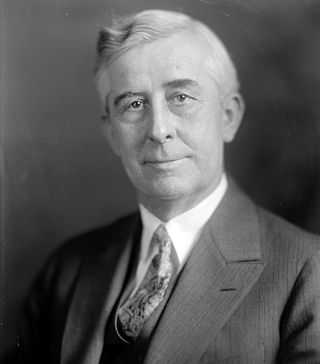
Harry McLeary Wurzbach was an attorney and politician. He was the first Republican elected from Texas since Reconstruction to be elected for more than two terms and was re-elected to the Sixty-eighth, Sixty-ninth, and Seventieth congresses, representing Texas's 14th congressional district for several terms, from 1921 to 1929. He was re-elected in 1930 to the Seventy-second Congress and died in office. The first Republican elected from Texas who was born in the state, he was the only Republican from Texas serving in Congress during this period.

John Willis Menard was a federal government employee, poet, newspaper publisher and politician born in Kaskaskia, Illinois to parents who were Louisiana Creoles from New Orleans. After moving to New Orleans, on November 3, 1868, Menard was the first black man ever elected to the United States House of Representatives. His opponent contested his election, and opposition to his election prevented him from being seated in Congress.
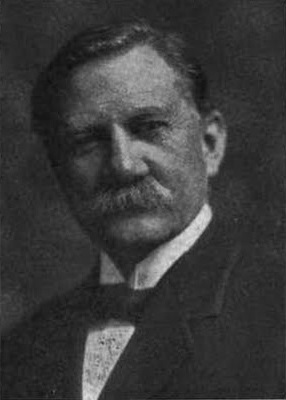
Robert Bradley Hawley was a businessman and politician from Galveston, Texas, elected as a Republican U.S. Representative (1897–1901) from Texas's 10th congressional district. He won his office in 1896 and 1898 with a plurality, as white voters split between Democratic and Populist party candidates.

Norris Wright Cuney, or simply Wright Cuney, was an American politician, businessman, union leader, and advocate for the rights of African-Americans in Texas. Following the American Civil War, he became active in Galveston politics, serving as an alderman and a national Republican delegate. He was appointed as United States Collector of Customs in 1889 in Galveston. Cuney had the highest-ranking appointed position of any African American in the late 19th-century South. He was a member of the Union League and helped attract black voters to the Republican Party; in the 1890s, more than 100,000 blacks were voting in Texas.

Maud Cuney Hare was an American pianist, musicologist, writer, and African-American activist in Boston, Massachusetts in the United States. She was born in Galveston, the daughter of famed civil rights leader Norris Wright Cuney, who led the Texas Republican Party during and after the Reconstruction Era, and his wife Adelina, a schoolteacher. In 1913 Cuney-Hare published a biography of her father.

The history of Galveston, Texas, begins with the archaeological record of Native Americans who used the island. The first European settlements on the island were constructed around 1816. The Port of Galveston was established in 1825 by the Congress of Mexico following its successful revolution from Spain. The city served as the main port for the Texas Navy during the Texas Revolution. Galveston was founded in 1836 by Michel Menard, Samuel May Williams, and Thomas F. McKinney, and briefly served as the capital of the Republic of Texas. The Battle of Galveston was fought in Galveston Bay during the American Civil War when Confederate forces under Major General John B. Magruder attacked and expelled occupying Union troops from the city.
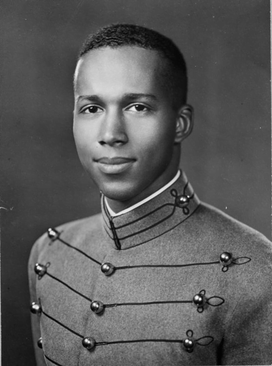
Robert B. Tresville Jr. was an African American pilot who served in the original 332nd Fighter Group of the United States Army Air Forces, also known as the Tuskegee Airmen, during World War II. He was only the seventh African American to graduate from West Point. He was Commanding Officer of the 100th Fighter Squadron and was widely considered to be one of the 332nd Fighter Group's most promising leaders. He went missing in action after his plane went down over the Mediterranean Sea in June 1944.
Philip Minor Cuney Sr. was a soldier, plantation owner, enslaver and politician in Texas. He served in the House of Representatives of the Republic of Texas in 1843, and then in the Texas State Senate from 1846 as a member of the Democratic party. His surname was originally spelled Cuny with the 'e' being added around the time he joined the legislature and his white descendants tended to use the original Cuny while Cuney was used by his black descendants. He owned the large Sunnyside Plantation south-east of Hempstead and held over 100 people enslaved. By 1860 he held 115 people enslaved, among the most of any enslaver in Texas. He not only grew cotton like most plantations but also grew sweet potatoes and corn and later moving into dairy with 700 dairy cows.
References
- ↑ "City of Galveston Cemetery List". Galveston Texas (official). Retrieved 29 March 2018.